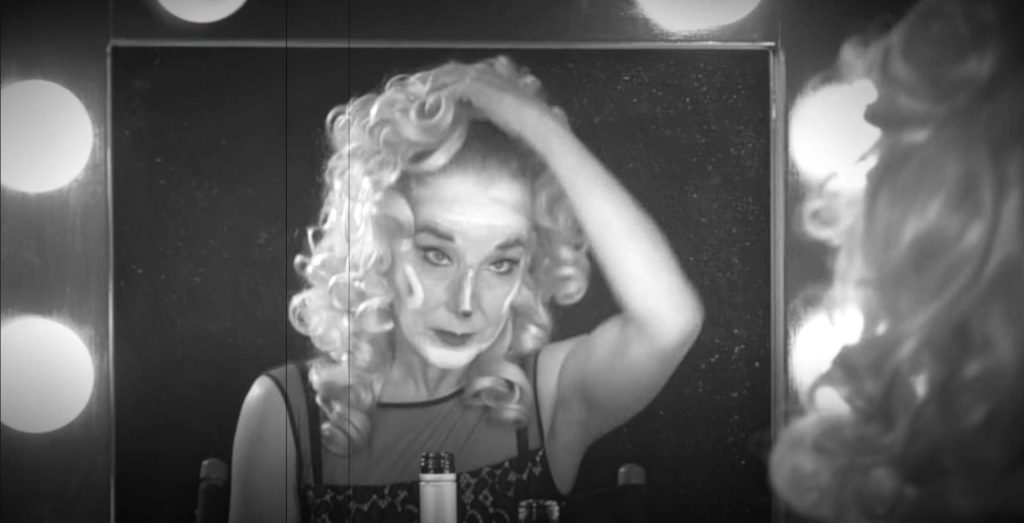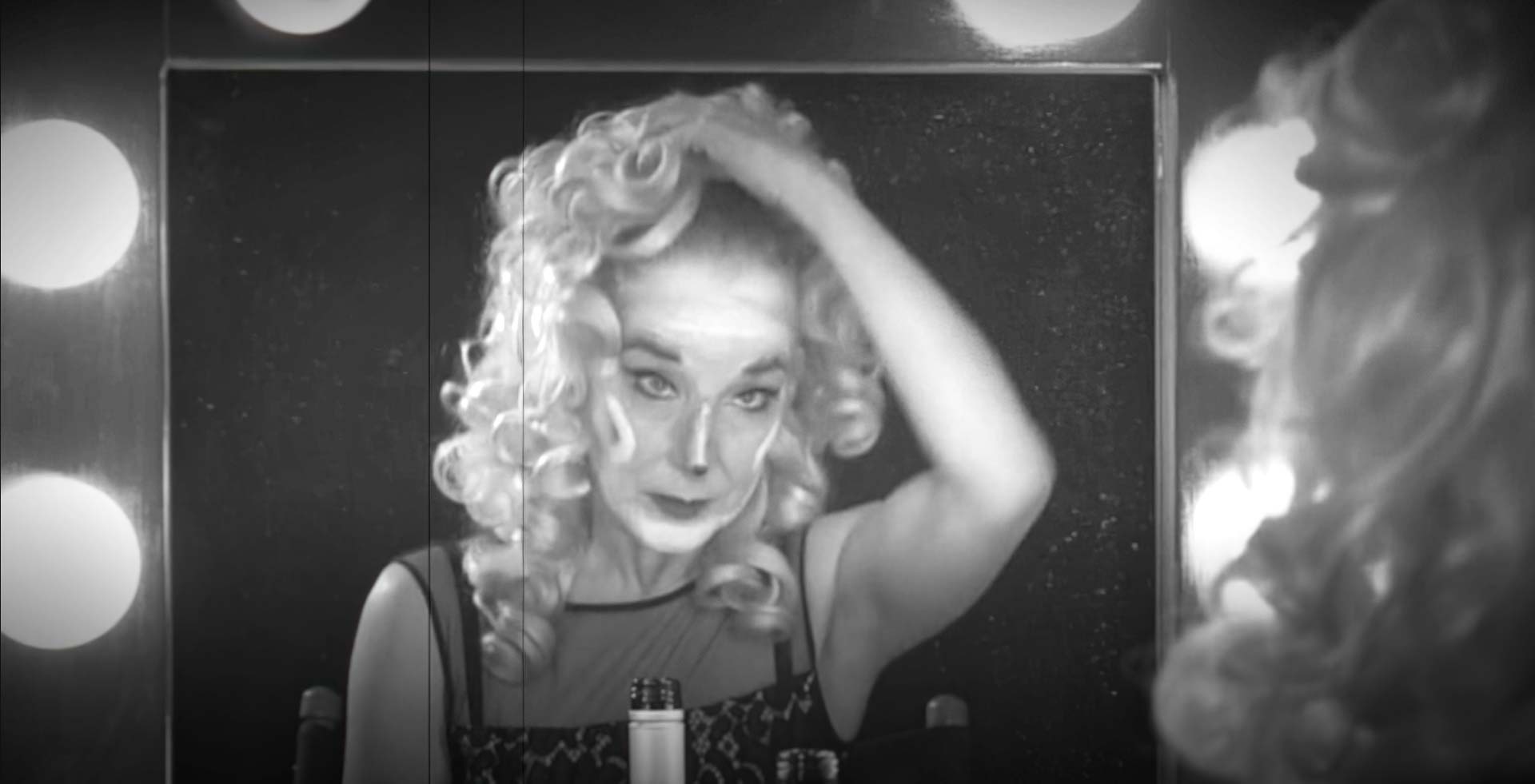
-What and who has inspired you the most in your artistic career?
The creative use of black and white and color film to save money while making “A Man and a Woman” by French Director Claude Lelouch inspired me to become a filmmaker. As a theatre artist, I was inspired by Set Designer Robert Lewis Jones for his pure brilliance in every word he wrote in his book “The Dramatic Imagination.” Also, I was inspired by Actor Bill Pullman’s acting talents in the film “While You Were Sleeping” and the listening and conversation time he gave to me and others at an event of The Sinner. I was inspired by Director of Photography Christopher Nibley and his photography style, and for teaching me almost everything I know about filmmaking. Today, I am fascinated with Tim Burton’s creativity and want to be just like him.
-Every true artist is also a revolutionary against power. Do you think there is still room today to express one’s revolution through art?
Yes. That is true. The revolution against power can be the revolution against true creativity. Tim Burton wanted Michael Keaton to be his new Batman. His Batman revolutionized the world of comic books and Marvel history. Studio heads fought Burton on his choice for Batman. The issue is whether today’s directors and filmmakers can be true to the creator inside themselves. They would fight for the power inside themselves to create the work they want their films to live inside.
-We live in a world where war still exists. Do you believe that if art were more widely distributed through the media and social networks, the world would be a more peaceful place?
Yes, if art were more widely distributed through media and social networks the world would be a more peaceful place. Today’s world contains much to be dealt with by everyone from world leaders to every civilian of every nation. We are exposed to ongoing foreign and civil war, multilayered political strife internally, constitutional standstill, economic hardships, religious conflicts, and the innovative nature of revolutionary language. Revolutionary artists have always created innovative language and themes that change the world.
These themes are shown in an artistic way for many the first time in film, and through the dissemination of art from books to cinema in the media and social networks, the world changes. Art is identified and shared through directed content analysis of themes and patterns to describe three different aspects of the dissemination of information. Artistic information is shared through groups consisting of the confirmation of known knowledge, understanding additional unknown information and new artistic information. Artistic ideas shared move mountains. These uncovered resources are passed along to generations who can share cultural differences, heal, change, and grow the world. Art gives us hope, and through art, we save us from ourselves.
-Are you working on a new project? If so, can you give us a sneak peek?
I am working on a short film, “Krishna and Ali,” about two men who support each other through missing parts or disabling handicaps in their physicality. They come from different worlds but are best friends. They bring hope to others like themselves by sharing their talent in art, poetry, and music. Art changed them. Krishna and Ali give away hope, sharing what they have created inside themselves despite handicaps, poverty, personal injury, prejudice, and death. This film seems very necessary in today’s world.
My next project is the feature film Cherzoso. Cherzoso is the long version of “Cherzoso The Silent Film” (the film I won my award for) with much more story explained! The themes of Cherzoso (family, clown-circus-performance, suicide, legal-law-police, sex work, and child trafficking) are dear to me. Thank you so much for recognizing my short film! Accordingly, this award has given me something more; a solid new reason to carry on, just do it, and never give up!

